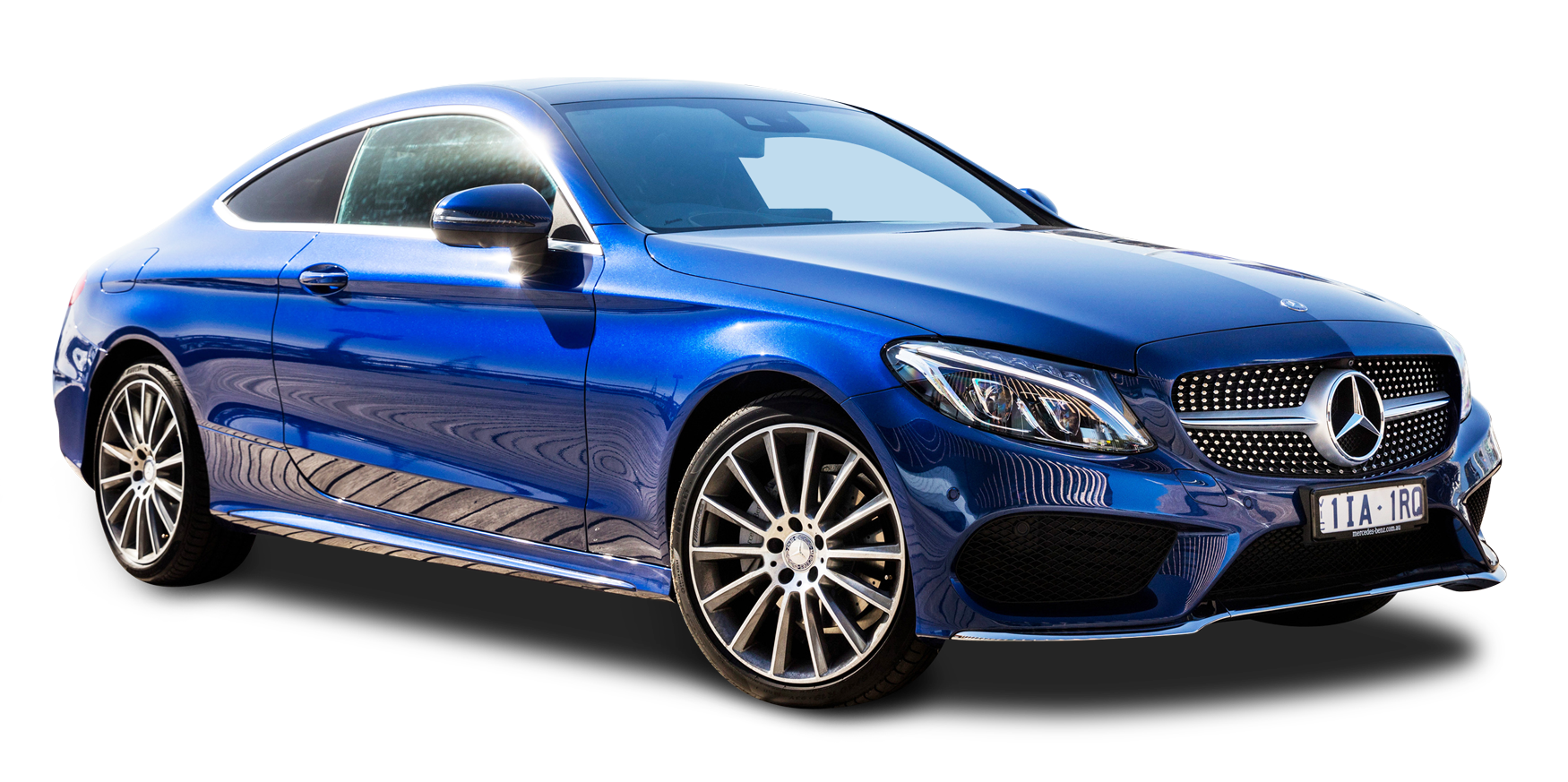
When choosing a family SUV, prospective buyers often grapple with options that suit their lifestyle while delivering comfort and utility. Among the notable contenders in this segment are the Ford Edge and the Ford Escape. Both vehicles represent Ford’s commitment to quality and innovation, yet they occupy distinct niches in the market. This analysis aims to elucidate the differences between the Ford Edge and the Ford Escape, ultimately addressing the pivotal question: Which car is larger?
Overview of Ford Edge and Ford Escape
To appreciate the distinctions between these models, one must first grasp their fundamental characteristics. The Ford Edge is classified as a midsize SUV, engineered for families seeking a spacious and robust vehicle. It features a bold design complemented by a powerful performance-oriented drivetrain. Meanwhile, the Ford Escape, a compact SUV, caters to dynamic urban environments while providing a contemporarily sleek appearance, efficient fuel economy, and a more compact footprint.
Dimensions Comparison
At first glance, the differences in dimensions between Ford Edge and Ford Escape are notable. The Edge’s larger frame translates into more interior space, yielding a length of approximately 188 inches, a width of about 75.9 inches, and a height around 68.3 inches. In contrast, the Escape measures approximately 180.5 inches in length, 74.1 inches in width, and a height of 66.1 inches. Such discrepancies underscore the broader and taller profile of the Edge, which can accommodate larger families or those requiring ample cargo space.
Interior Space and Cargo Capacity
A substantial determinant when selecting a family SUV is interior room and cargo capacity. The Ford Edge excels in this criterion; its expansive cabin can comfortably seat five passengers with generous legroom, offering 40.2 inches of front legroom and 40.6 inches in the rear. The cargo capacity further amplifies the Edge’s appeal, boasting around 39.2 cubic feet behind the rear seats, expandable to an impressive 73.4 cubic feet with rear seats folded.
Conversely, while the Ford Escape offers a commendable interior space for its compact classification, the numbers are decidedly inferior. It accommodates five passengers, but the front legroom is slightly less at 43.2 inches, and the rear legroom measures 37.9 inches. In terms of cargo capacity, the Escape serves approximately 33.5 cubic feet behind the rear seats, expanding to 65.4 cubic feet when the rear seats are in a stowed position. This difference in space allocation might sway families to opt for the more commodious Edge if they require more storage and passenger comfort.
Performance and Handling
The Ford Edge’s performance is marked by its robust engine options, including a 2.0-liter EcoBoost inline-four and a more powerful 2.7-liter EcoBoost V6. These engines not only provide a robust thrust but also furnish the Edge with a commendable towing capacity of about 3,500 pounds—an asset for transporting recreational gear or travel necessities. The SUV’s handling is characterized by a smooth yet responsive ride, blending comfort with sportiness.
On the other hand, the Ford Escape is engineered with a focus on efficiency and agility. Its seamless integration of hybrid options appeals to environmentally conscious consumers. The base 1.5-liter EcoBoost engine delivers competent power while ensuring favorable fuel economy—averaging around 27 mpg in the city and 33 mpg on the highway. However, its handling might feel less engaging compared to the Edge. The Escape is nimble in urban environments, but performance enthusiasts may find it lacking when juxtaposed with the Edge’s power capabilities.
Safety Features and Ratings
In the contemporary automotive landscape, safety is paramount. Both Ford vehicles are fortified with an array of advanced safety features designed to protect occupants. The Ford Edge is equipped with Ford Co-Pilot360 technology, incorporating features such as a rearview camera, blind-spot monitoring, and adaptive cruise control. These features have earned the Edge commendable safety ratings from authorities.
Similarly, the Ford Escape benefits from a suite of safety technologies, including automatic emergency braking and lane-keeping assist. While both vehicles provide substantial safety mechanisms, users may perceive the Edge to have a slight edge—pun intended—due to its higher weight and larger frame, which may better absorb impacts in the event of a collision.
Driving Experience and Comfort
The driving experience can also play a crucial role in the choice between the Ford Edge and Ford Escape. The Edge’s spacious cabin and ample cargo capacity lend it a more luxurious feel, often perceived as superior for extended family journeys. Its quiet interior, thanks to effective sound insulation, creates a serene driving environment.
In comparison, the Ford Escape offers a more invigorating driving experience, especially in urban contexts. Its smaller size renders it easier to maneuver in tight spaces, yet it may compromise on long-distance comfort due to its slate of performance-oriented priorities. Families seeking versatility might prefer the Edge, whereas those desiring agility would appreciate the attributes of the Escape.
Conclusion
In summarizing the comparison between the Ford Edge and Ford Escape, one can ascertain that both vehicles offer their unique advantages, contingent upon consumer needs. The Ford Edge, with its larger dimensions, superior cargo capacity, and enhanced performance capabilities, is poised as a compelling choice for families requiring space and comfort. Conversely, the Ford Escape presents a viable option for urban dwellers seeking efficiency and agility in a compact format.
Ultimately, the decision between these family SUVs emerges as one of personal priorities—whether they lean towards a spacious and powerful vehicle like the Edge or embrace the nimbleness and economy of the Escape. The examination of these factors aids families in making an informed and judicious choice tailored to their lifestyle.
